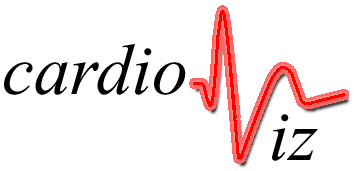

MOTD | Meetings | Background | Proposal | Team | Download | Links
We are completing a project for Computer Science 92 at Brown University.
| School | Brown University |
| Teacher | John Stein |
| Audience | Undergraduates and Medical students in Biology 80. |
| Project | The topic for this program is cardiovascular physiology (CV) and specifically the physics of fluid movement through the system of tubes (arteries & veins) and the pump (heart). There are a number of factors that affect flow, pressure and resistance in the CV system at any given time. To assist students in keeping track of these factors a somewhat complicated graph is produced where changes in several factors can be visualized and quantified. There are at least 7 important physiological measures that are reflected in these plots. Normal as well as abnormal CV situations can be modeled on these plots and changes in various parameters can be represented as consequences. Professor Stein envisions an animated interactive illustration, a mathematical equation, a plot of the data, and a flow chart description will be in the same field of view. The user will have the option of viewing the system under normal circumstances and under particular diseased states (heart attack, blood loss) and non-diseased states (exercise). This model will also allow for inquiries on physiological function that would not otherwise be straightforward. A beating heart and blood-filled circulatory system will provide a visual depiction of the changes that can be related to the quantitative depiction in the equations and plots. The program would not only explain many of the concepts involved in the CV module, but allow students to view and manipulate the graphs, and visualize its connection to what is going on in the CV system. Possible tools include Director, Authorware, HTML, and Java. |
| Comments | This is a classic instructional module with great possibilities for creative design and scientific visualization of complex relationships. Of course the challenge is to engage the students and facilitate learning of these concepts in ways that their textbook and lectures/labs do not. |
Questions, comments, or suggestions? Email